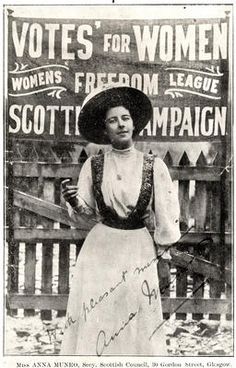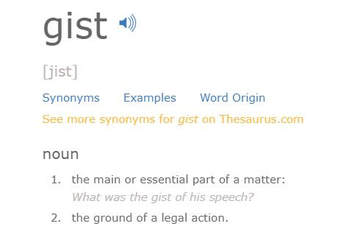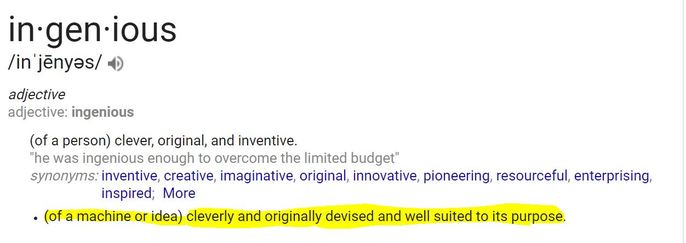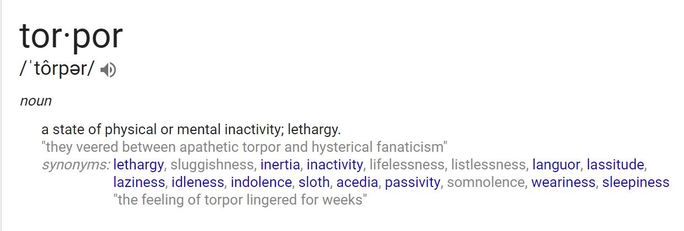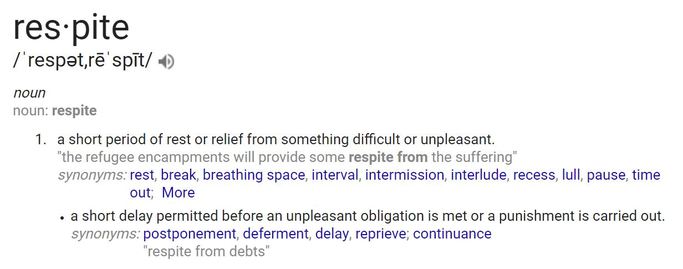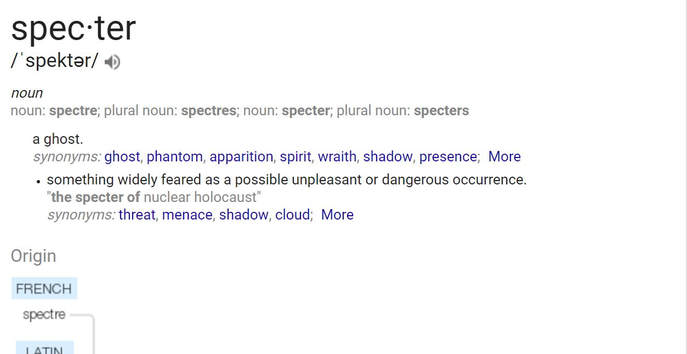Unit goal: Students read literary and informational texts which use rhetoric to advance a point of view or purpose. Students understand the differences between argument, persuasion, and propaganda based on how authors uses rhetoric to advance their perspective or purpose and the impact of rhetoric on the reader/listener. Students then express their understanding by evaluating the effectiveness of the unit texts and writing their own speech using rhetorical devices.
| Text Title | Excerpt | Author/Source | Use In Unit | Access Type |
|---|---|---|---|---|
| "What is Rhetoric?" | Gideon O. Burton, Brigham Young University ("Silva Rhetoricae" http://rhetoric.byu.edu/) | Student copy (Anchor Text) | Rhetoric Student Materials | |
| They Say, I Say: The Moves that Matter in Academic Writing (Third Edition) | Gerald Graff and Cathy Birkenstein | Student copy | Text Portal | |
| Silent Spring | Chapter One: "A Fable for Tomorrow" | Rachel Carson | Read Aloud | Rhetoric Unit Reader |
| WWII Propaganda Posters | WWII Museum | Read Aloud | Rhetoric Student Materials | |
| Common Sense | Excerpt | Thomas Paine | Student copy | Rhetoric Student Materials |
| "Pearl Harbor Address to the Nation" | Franklin D. Roosevelt | Student copy | Rhetoric Student Materials | |
|
"Address to Congress on Women's Suffrage" |
Carrie Chapman Catt | Student copy | Rhetoric Student Materials | |
| The Jungle | Chapter 14 | Upton Sinclair | Student copy | Rhetoric Student Materials |
| Rachel Carson's Silent Spring | Excerpt (Video) | American Experience from PBS Learning Media | Read Aloud | Digital access |
| "Ethos, Pathos, Logos" | Video | Krista Price | Read Aloud | Digital access |
| "Pearl Harbor Address to the Nation" | Audio | Franklin D. Roosevelt | Read Aloud | Digital access |
Read the Reading Guide to learn how these texts were selected.
1. What organizational structures does Carrie Chapman Catt use to set up her speech? (Choose from the "Test Structure Signal Words" handout). Explain how she does this in her speech. (Be specific, use quoted lines.)
2. Why does this make her speech effective?
Ethos, Pathos, Logos Chart from your Student Resources Binder
Evidence Chart for Carrie Chapman Catt's Speech
Responses at the bottom of your Evidence Chart document for the speech, full heading, print out the finished chart and questions for your binder. If your computer is not networked to the classroom printer, email your document link to me so I can print it for you.
1. What was Admiral McRaven's Specific Purpose Statement?-(Quote it.)
2. How does Admiral McRaven's choice of rhetorical devices (ethos, pathos, logos) help him achieve his stated purpose in his speech? Cite specific examples from the text to support your response. 5-7 sentences
Students will use the GIST strategy to Analyze the main ideas, setting, characters, and plot of Chapter 14 of The Jungle by Upton Sinclair.
Identify main idea, restate main idea in ten words or fewer. Students identify the most important idea in a section of text by using the following steps: Identify whether the paragraph is primarily about a person, place, or thing.
Identify which person, place, or thing is being discussed. Identify what is being said about the person, place, or thing that the paragraph is principally about (i.e., identify the basic argument, angle, spin, or perspective that the section adopts regarding its topic).
Restate the essence of the paragraph in a sentence containing ten words or fewer.
Subject: English 2
Assignment Title: GIST of Chapter 14 from The Jungle
1. Write one opening statement that outlines the gist of the text:
2. Write two statements that include the following: a. the setting b. the main character(s) described in one adjective c. the climax d. the resolution.
3. Write one concluding restatement of the gist of the text: (complete sentence, 10 words or fewer)
- Ingenious
- Torpor
- Respite
- Specter
Lesson 21 Exit Ticket Questions: “Rachel Carson’s Silent Spring” Video Discussion Questions
1. What are the benefits and risks associated with the use of DDT?
2. Why was the broad use of DDT accepted by society in the 1950s?
3. Who benefited from the use of DDT
in large quantities?
4. Why do you think Rachel Carson's message was not well received by some people
at the time her book appeared?
5. Discuss Rachel Carson's idea that humans have "a fundamental right to a healthy environment."
Lesson 22 Exit Ticket Questions
2. Where does she use Logical Reasoning in her story? (Common sense: Cause/Effect relationships)
3. Look at the words/phrases you included for TONE. How do they play on the reader's emotions? (Pathos)
Comparison/Contrast Essay for The Jungle and Silent Spring Prompt:
Upton Sinclair's The Jungle and Rachel Carson's Silent Spring are both examples of social commentary. While they are written in two different time periods in history, their key points, message, and purpose for writing are similar. In 3-4 paragraphs with thorough supporting textual evidence, analyze the way that both authors treat the subject of environmental awareness and public safety through their use of ethos, logos, or pathos. Cite evidence from the text to support your response.
